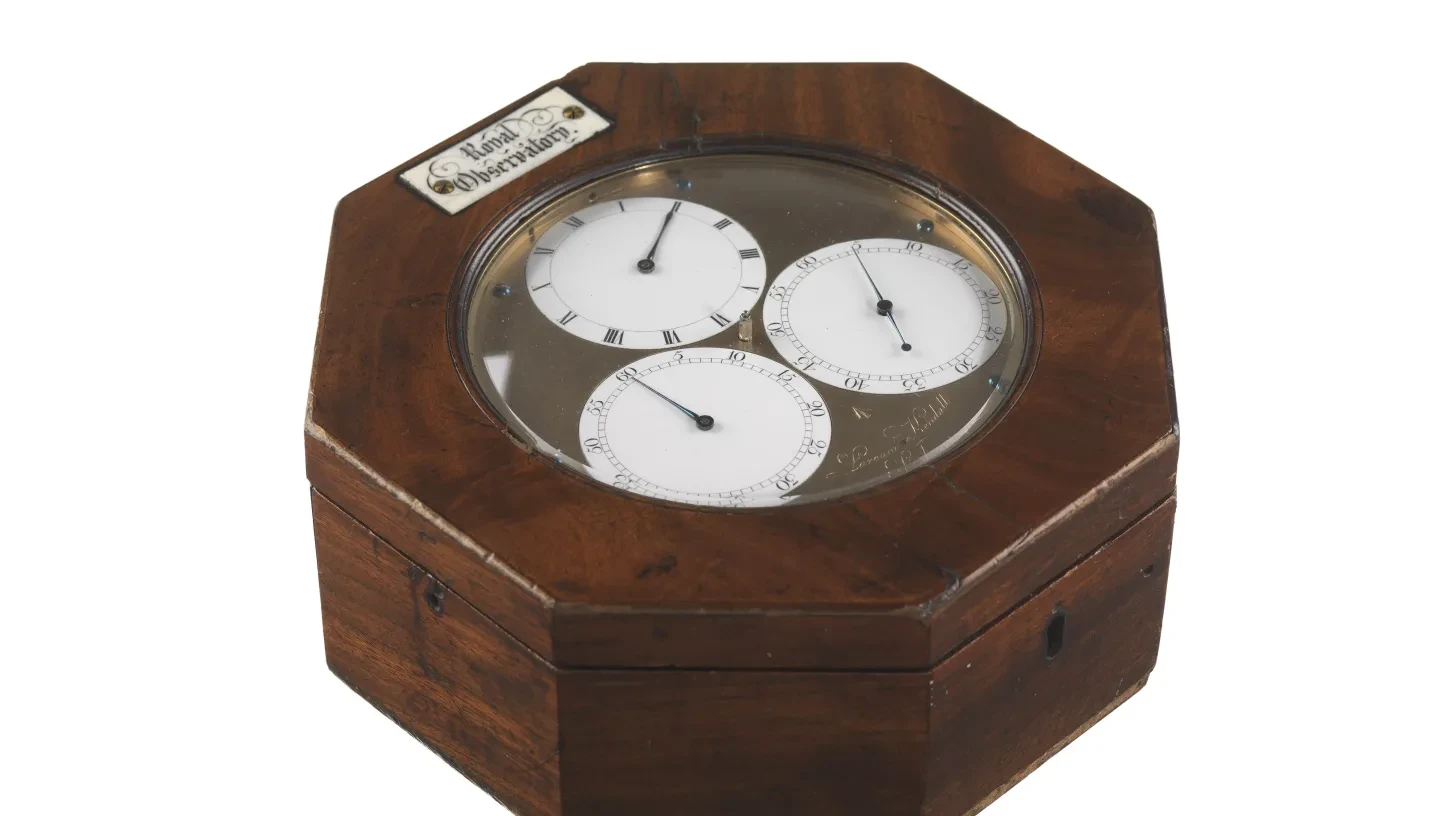
Which time is it?
Next time someone asks you the time, you may enquire if they want to know the atomic, universal, civil, local, solar or sidereal time…
History
The earliest time measuring devices used either the shadow cast by the Sun or the rate which water runs out of a vessel. Both methods were in use before the earliest historical records. Early systems for dividing the day and night into 'hours' used a simple division into twelve parts regardless of season. The familiar use of hours, each of identical length, only came into use in the 15th and 16th centuries with the spread of mechanical clocks.
In the 17th century the pendulum clock was developed and by the 18th century clocks were sufficiently accurate for them to be employed at sea for determining longitude and for scientific time measurement. The ultimate reference point was the rotation rate of the Earth and clocks were kept on time by means of astronomical observations.
Atomic time
The most accurate clocks available use an atomic transition in a caesium vapour, which defines a very accurately known frequency. This frequency is then divided down to give seconds, minutes etc. Several atomic clocks are used to define a local time standard time service. There are many separate time services throughout the world and a combined mean version of their time measurement is used as International Atomic Time (TAI).
Universal time
Our natural concept of time is linked to the rotation of the Earth and we define the length of the day as the time for the Earth to rotate once relative to the Sun. Unfortunately, the Earth does not rotate at exactly a constant rate. Due to physical processes, such as mass motions in the atmosphere, the rate varies and so a timescale, called Coordinated Universal Time (UTC), has been adopted which differs from TAI by a number of seconds. This difference is made in order to keep UTC within 0.9 seconds of the time determined by the mean position of the Sun (UT1). As the Earth's rotation rate varies the difference between UTC and UT1 changes and, in order to keep the difference small, leap-seconds are inserted at the end of the year, or on June 30. The difference between UTC and TAI is just over half a minute.
Civil time
In everyday life we use the time displayed on our clocks and watches. In the UK we use Coordinated Universal Time (UTC), the modern equivalent of Greenwich Mean Time (GMT), which is never more than half a second different from it. In the summer, we adjust our clocks to British Summer Time, BST, which is one hour in advance of GMT.
Local time
Universal time relates to the time on the Greenwich meridian. For any other place, the difference in longitude measured in hours or parts of an hour gives the difference between noon (UTC) and local noon. The world is divided into time zones which are usually a number of whole hours different from UTC and which correspond to local time somewhere in the countries within that zone.
Sidereal time
The Earth rotates relative to the Sun once a day but also in the course of a year, due to its orbit, makes one additional rotation around the Sun. Thus, relative to the stars, there is an extra rotation once a year. This amounts to a difference in the position of the stars in the sky by about one degree, or four minutes of time, when viewed at the same time on two successive days.
Astronomers keep clocks running at this slightly different rate, called sidereal time, which indicates the time at which any particular star will cross the meridian.
Solar time
Because the Earth moves around the Sun in an elliptical path and because the Earth's equator is inclined to this path the Sun does not cross the meridian (the line from the zenith to the south point) at exactly noon each day. This is the difference often noted between clock time and that shown by a sundial.